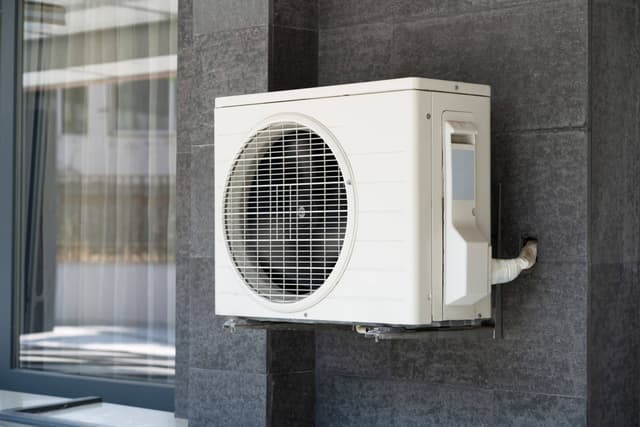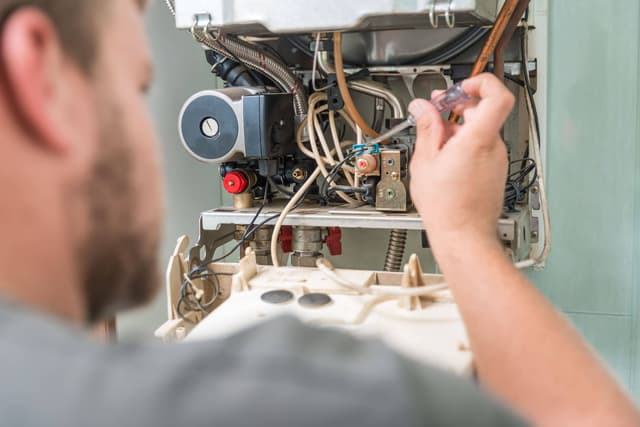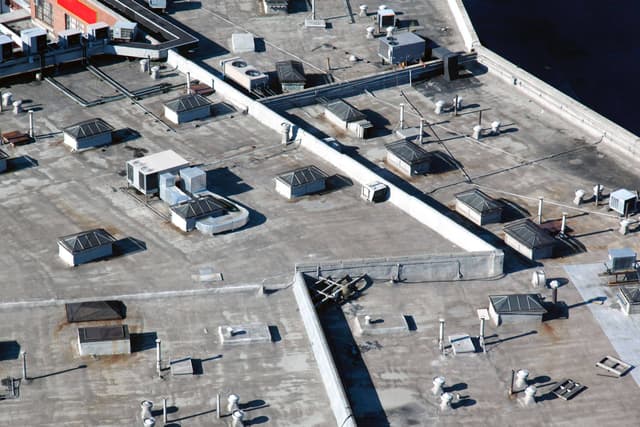Heat Exchangers (Repair, Retrofits & Replacement Services): Essential Solutions for Industrial Efficiency
Heat exchanger services encompass a range of activities to maintain, repair, and optimize these critical industrial components. These services are essential for ensuring efficient heat transfer and prolonging equipment lifespan across various applications.





















































































